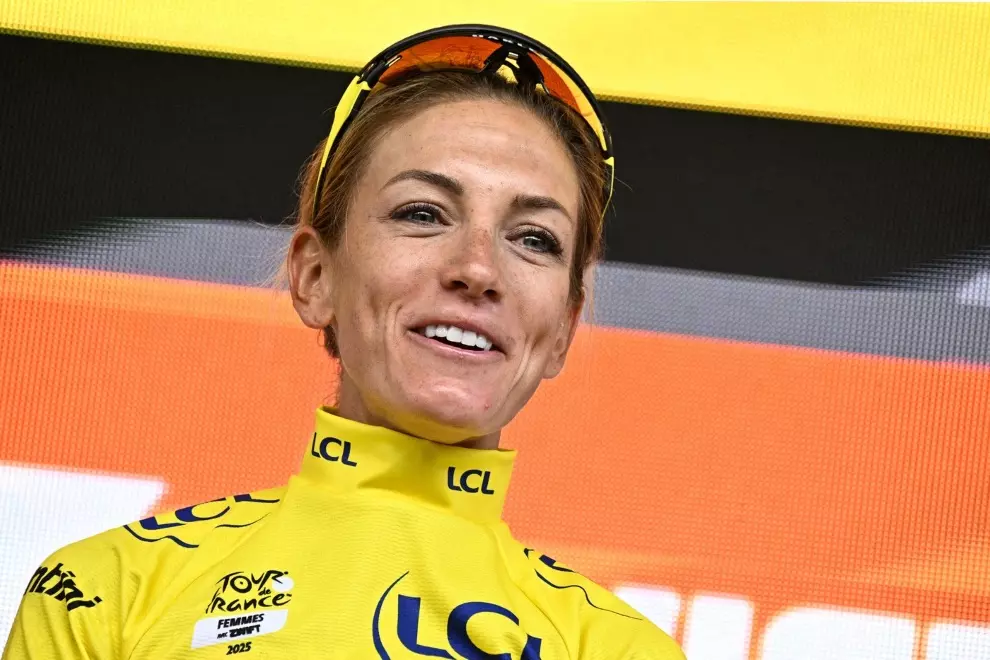The 1904 Tour de France nearly didn’t happen. Rumours of race favourite Maurice Gavin’s cheating prompted a car load of thugs to attack him on the Col de la Républic – they wanted local favourite Antoine Faure to win the stage.
The first race organiser, Henri Desgrange, insisted cyclists fix their own bikes and finish the race on the same bike they started with. Early photographs show cyclists with spare tyres around their necks and wheels strapped to their backs.

Desgrange was something of a traditionalist and didn’t like the idea of gears or metal wheels – so cyclists rode on wooden wheels and hoped they wouldn’t warp during the competition. Desgrange finally allowed gears in 1937.
Over 12 million spectators will line the streets making Le Tour the largest sporting event in the world.

In 3 weeks, the peloton will drink over 40,000 litres of water. A peloton insider told me, there may also be one or two glasses of red wine drunk the night before each rest day.
Škoda sends a fleet of 250 cars to the Tour de France each year, and during the three-week period they usually do more than 2.8 million kilometres. Since 2004, the Škoda fleet’s total mileage at the Tour de France mounts up to over 30 million kilometres without a single breakdown.
A rest day isn’t really a day of rest for the competitors – they’ll cycle for about 2 hours to flush out the lactic acid.

The Tour de Force fund raising page estimates that over the 21-day route, a pro cyclist would sweat enough liquid to flush a toilet 39 times, and if a Jaguar were to drive the same route, it would cost over £400 in petrol money.
From 1984 to 1993 there was a female Tour de France – with the increasing popularity of the sport many are hoping for its reintroduction.
The competitors need to consume about 8,000 calories a day to maintain their body weight and energy levels. Breakfast and pre-ride snack are about 1,000 calories, another 1,500 consumed on the bike during the race, and then dinner and evening snacks provide a further 5,500 calories.




